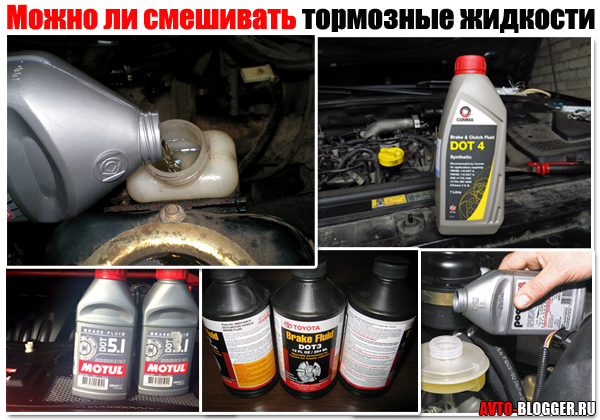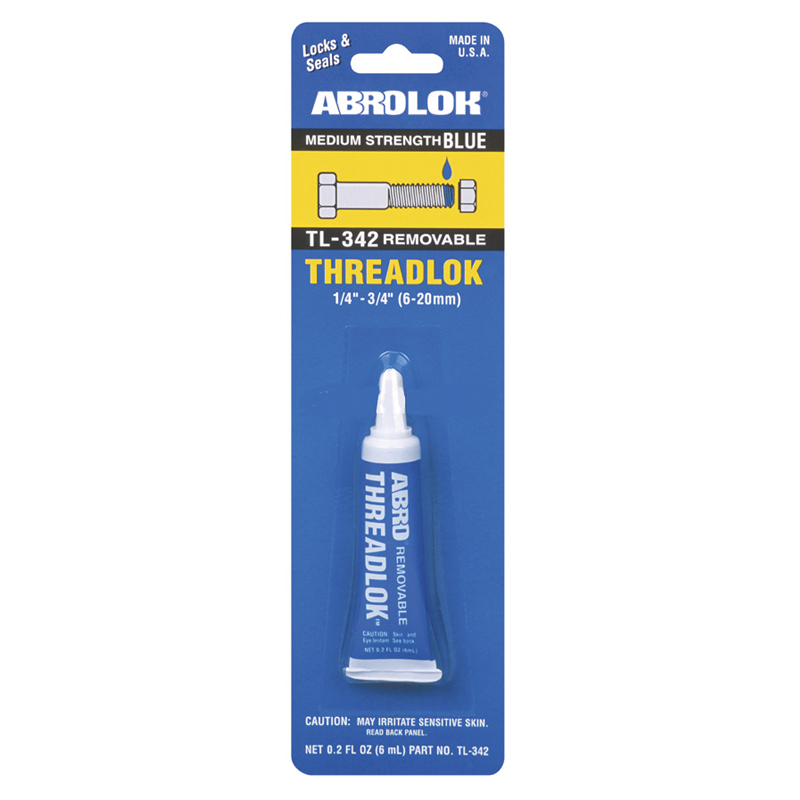
Service fluid ATP Dextron
Content
ATF Dexron service fluid (Dexron) is a widespread product in the markets of different countries and is actively used by owners of various makes and models of cars. The specified fluid, which is also often called Dextron or Dextron (and in everyday life these not quite correct names are used very widely), is a working fluid in automatic transmissions, power steering and other mechanisms and assemblies.

In this article, we will see what Dexron ATF is, where and when this fluid was developed. Also, special attention will be paid to what types of this fluid exist and how different types differ, which Dextron to fill in automatic transmissions and other units, etc.
Types and types of liquids Dexron
For starters, today you can find fluids from Dexron 2, Dexron IID or Dexron 3 to Dexron 6. In fact, each type is a separate generation of transmission fluid, commonly known as Dexron. The development belongs to General Motors (GM), which created its own automatic transmission fluid Dexron in 1968.
Keep in mind that the automotive industry in those years was at the stage of active development, large automakers everywhere developed tolerances and standards for oils and transmission fluids. In the future, these tolerances and specifications became a mandatory requirement for third-party companies producing automotive fluids.
- Let's go back to Dextron. After the release of the first generation of such fluids, 4 years later, GM was forced to develop the second generation of Dextron.
The reason is that whale oil was actively used as a friction modifier in the first generation, and the gear oil itself quickly became unusable due to high heating in the automatic transmission. A new formula was supposed to solve the problems, which formed the basis of Dexron IIC.
In fact, whale oil has been replaced with jojoba oil as a friction modifier, and the heat resistance of the product has also been improved. However, with all the advantages, the composition had a serious drawback - severe corrosion of automatic transmission elements.
For this reason, corrosion inhibitors have been added to the transmission fluid to prevent active rust formation. These improvements resulted in the introduction of the Dexron IID product in 1975. Also during operation, it turned out that the transmission fluid, due to the addition of an anti-corrosion package, tends to accumulate moisture (hygroscopicity), which leads to a rapid loss of properties.
For this reason, Dexron IID was quickly phased out with the introduction of Dexron IIE, filled with active additives to protect against moisture and corrosion. It is noteworthy that this generation of liquid has become semi-synthetic.
Also, convinced of the effectiveness, after a short time the company launched a fundamentally new liquid with improved characteristics on the market. First of all, if previous generations had a mineral or semi-synthetic base, then the new Dexron 3 ATF fluid is made on a synthetic basis.
It has been established that this solution is resistant to high temperatures, has excellent lubricating and protective properties, and retains fluidity at low temperatures (down to -30 degrees Celsius). It was the third generation that became truly universal and was widely used in automatic transmissions, power steering, etc.
- To date, the latest generation is considered Dexron VI (Dextron 6), designed for the Hydra-Matic 6L80 six-speed automatic transmission. The product received improved lubricating properties, reduced kinematic viscosity, resistance to foaming and corrosion.
The manufacturer also positions such a liquid as a composition that does not require replacement. In other words, such oil is poured into the automatic transmission for the entire life of the unit.
Of course, in reality, the gearbox oil needs to be changed every 50-60 thousand kilometers, but it is obvious that the properties of Dextron 6 have improved markedly. As practice shows, Dextron VI also loses its properties over time, but it needs to be changed less often than the outdated Dextron III.
- Please note that automatic transmission fluids have long been produced by different manufacturers, while products are manufactured under the brand name Dexron. As for GM, the concern has been producing only this type of fluid since 2006, while other oil manufacturers continue to produce Dextron IID, IIE, III, etc.
As for GM, the corporation is not responsible for the quality and properties of previous generations of fluids, although they continue to be produced according to the Dexron standard. It can also be noted that today Dexron fluids can be standard or HP (high performance) for automatic transmissions operating in severe conditions.
There is also Dexron Gear Oil for differentials and clutches, Dexron Manual Transmission Fluid for manual transmissions, Dexron Dual Clutch Transmission Fluid for dual-clutch robotic gearboxes, Dexron for power steering and other components and mechanisms. There is information that General Motors is testing the latest generation of fluid for use as gear oil for CVTs.
Which Dexron to fill in and is it possible to mix Dexron
Firstly, it is important to decide what kind of oil can and should be poured into the box. Information should be sought in the manual, you can also see what is indicated on the automatic transmission oil dipstick.
If the stem is marked Dexron III, then it is better to pour only this type, which is a guarantee of the normal operation of the box. If you experiment with transitions from the recommended liquid to any other, then the result is difficult to predict.
Let's go there. Before using one or another type of Dexron ATF, you need to separately consider the climatic conditions in which the car will be with an automatic transmission. GM recommends using Dextron IID in regions where temperatures do not drop below -15 degrees, Dextron IIE down to -30 degrees, Dexron III and Dexron VI down to -40 degrees Celsius.
Now let's talk about mixing. General Motors itself makes mixing and interchangeability recommendations separately. Firstly, another oil with technical specifications can be added to the main volume of the transmission fluid only within the limits determined separately by the transmission manufacturer.
Also, when mixing, you should focus on the base base (synthetics, semi-synthetics, mineral oil). In short, in some cases it is still possible to mix mineral water and semi-synthetics, however, when mixing synthetics and mineral oil, undesirable reactions may occur.
For example, if you mix mineral Dextron IID with synthetic Dextron IIE, a chemical reaction may occur, substances will precipitate that can cause automatic transmission failure and loss of fluid properties.
We also recommend reading the article on whether gear oils can be mixed. In this article, you will learn about the features of mixing gear oils, as well as what you need to consider when mixing oil in a car gearbox.
At the same time, Dextron IID ore can be mixed with Dextron III. In this case, there are also risks, but they are somewhat reduced, since many times the main additives of these liquids are similar.
Given the interchangeability of Dexron, then Dexron IID can be replaced by Dexron IIE in any automatic transmission, but Dexron IIE should not be changed to Dexron IID.
In turn, Dexron III can be poured into a box where Dexron II liquid was used. However, reverse replacement (rollback from Dextron 3 to Dextron 2) is prohibited. In addition, in cases where the installation does not provide for the possibility of reducing the coefficient of friction, replacement of Dexron II with Dextron III is not allowed.
It is clear that the above information is for guidance only. As practice shows, it is optimal to fill in the box with only the option that the manufacturer recommends.
It is also acceptable to use analogues, somewhat improved in terms of individual properties and indicators. For example, switching from synthetic Dexron IIE to synthetic Dexron III (it is important that the base oil base and the main additive package remain unchanged).
If you make a mistake and fill the automatic transmission with a non-recommended transmission fluid, problems may arise (friction disc slip, viscosity unevenness, pressure loss, etc.). In some cases, clutches can wear out quickly, requiring automatic transmission repair.
To summarize
Considering the above information, we can conclude that Dexron ATF 3 and Dexron VI transmission oils are today quite versatile and suitable for a large number of automatic transmissions, power steering, as well as a number of other components and mechanisms of GM vehicles.
We also recommend reading an article about what Lukoil manual transmission oil is. In this article, you will learn about the pros and cons of Lukoil gear oil for manual transmissions, as well as what to consider when choosing this product. However, tolerances and recommendations must be studied separately in each case, since in old boxes it may not be very advisable to change from Dexron 2 to Dexron 3. It's also important to remember that upgrading to a higher level is often fine (from Dexron IIE to Dexron3, for example), but it's often not recommended to go back from a more modern solution to legacy products.
Finally, we note that it is better to initially use only the appropriate transmission fluid specified by the manufacturer, as well as change the oil in automatic transmissions, power steering, etc. in a timely manner. This approach will avoid problems and difficulties associated with mixing, as well as when switching from one type of ATF to another .

